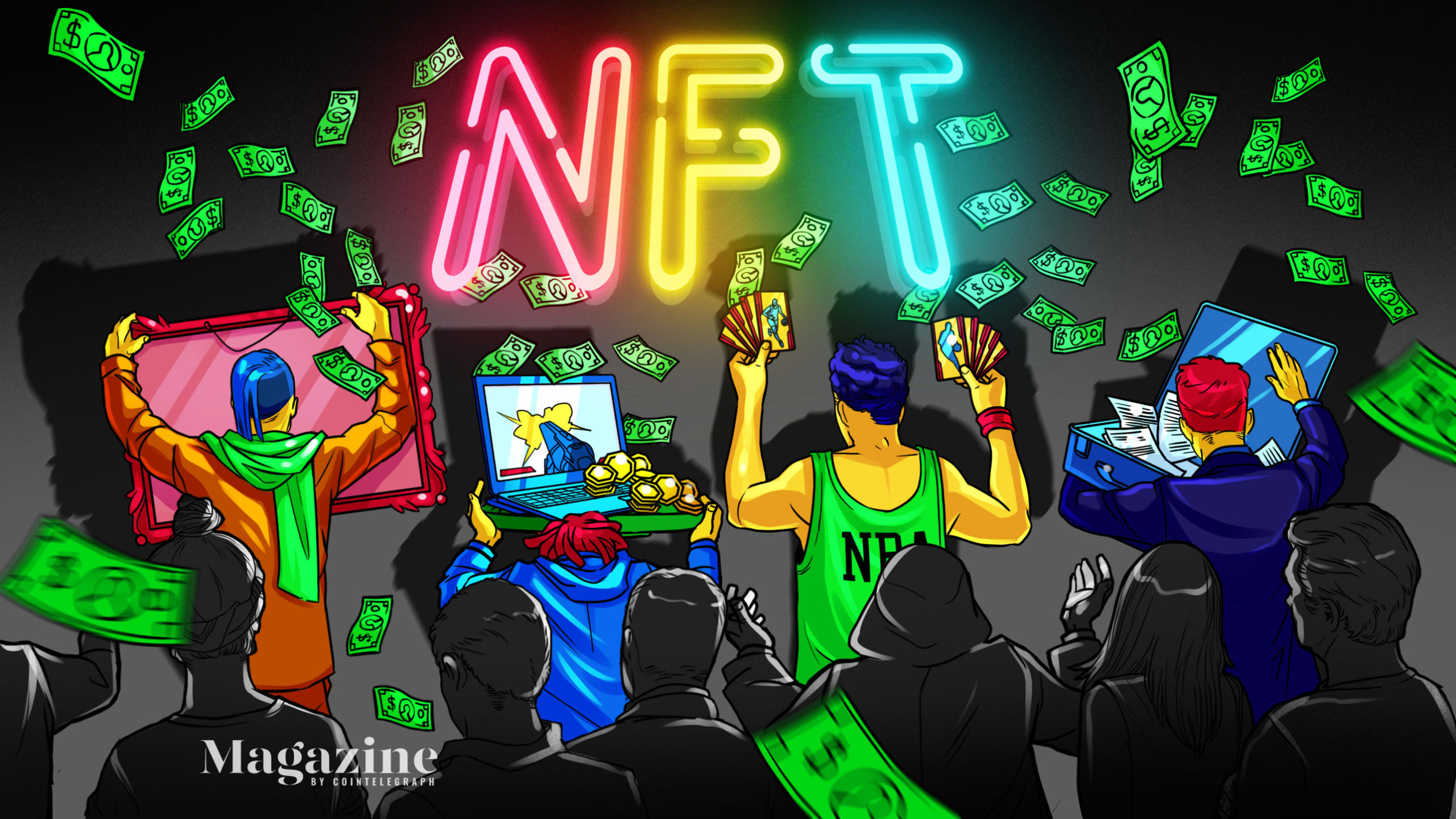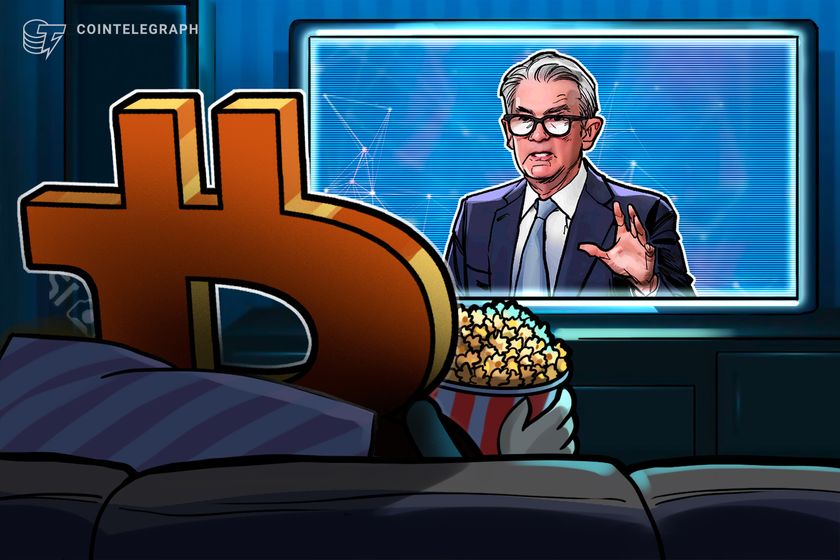Interview: Is the stock-to-flow model flawed?
According to crypto analytic firm ByteTree, the popular stock-to-flow model is not a reliable indicator for Bitcoin’s long term price action.
1492 Total views
15 Total shares
The stock-to-flow model is flawed, says Charlie Morris, co-founder and CIO of crypto data firm ByteTree.
According to the popular theory developed by quantitative analyst Plan B, Bitcoin’s capped supply is the key feature that will bring its price over $100K in 2021, and beyond.
However, as explained by Morris in a recent report, a progressive squeeze of new supply won’t be enough to cause Bitcoin’s appreciation. According to Morris, the stock-to-flow theory doesn’t take into account the decreasing significance that the flow (additional supply) will have compared to the stock (total supply in circulation) on the Bitcoin’s price.
Even though it is true that there will be an increasingly low supply of newly mined Bitcoin, Morris pointed out, people will still be able to sell their Bitcoin, thus meeting the market’s demand.
Making his point, Morris draws a parallel with other scarce assets such as gold: “No one thinks that if you shut down gold mining, the price of gold will go to infinity. It’s just not the way it works.”
The fundamental driver of Bitcoin’s price, according to Morris, is the level of activity on the Bitcoin network. In other words an increasing amount of Bitcoin changing hands will bring Bitcoin to new highs.
“The amount of money that transfers on the network […] and the price of Bitcoin are highly correlated and have always been”, he pointed out.
Also, as Bitcoin matures as an asset, macro factors such as inflation, bond yields and the performance of the dollar, will be increasingly influencing its price.
To watch the full interview, check it out on our Youtube channel and don’t forget to subscribe!









